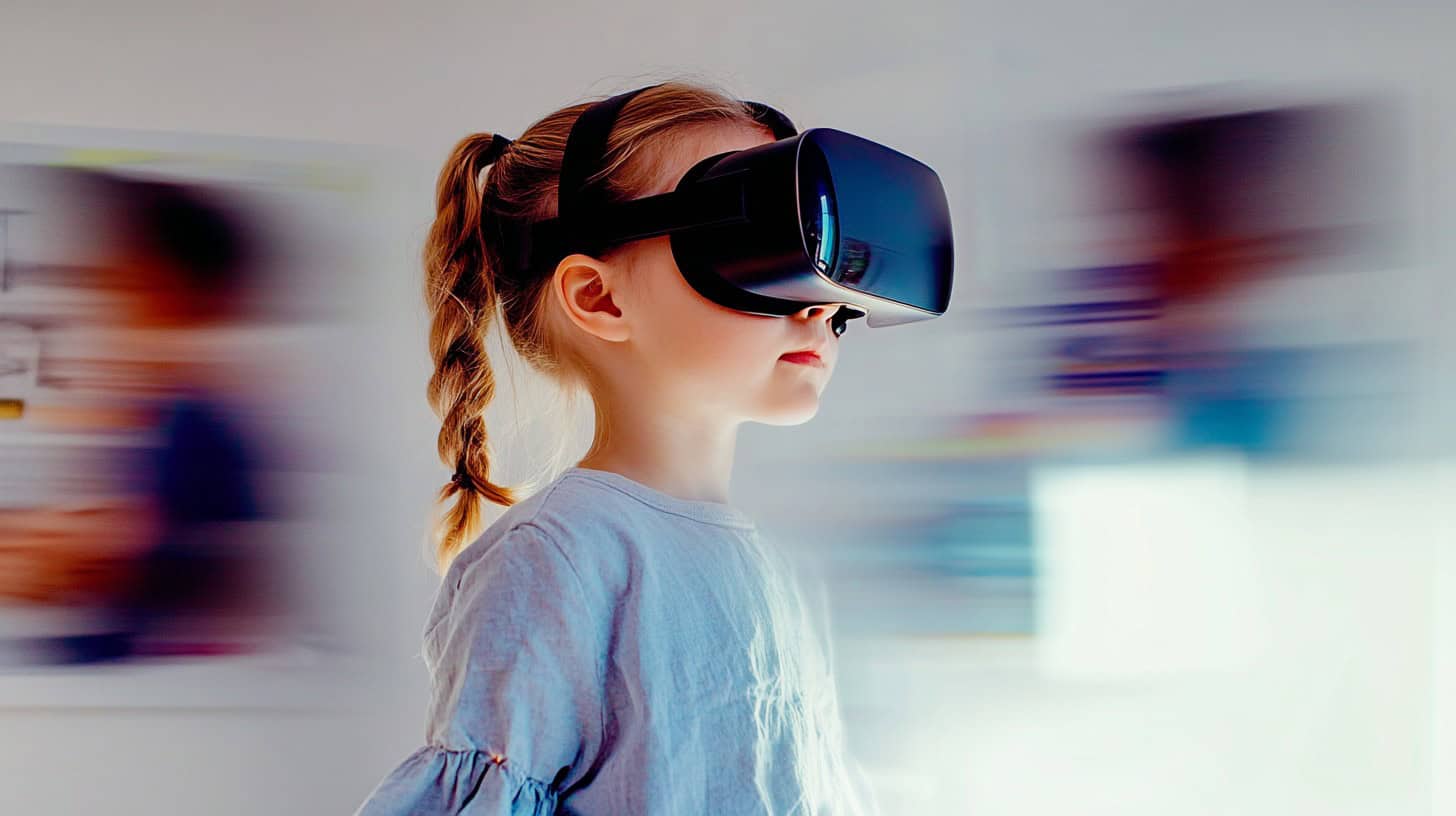AI in Action: where Artificial Intelligence meets small business.
A journey alongside Stuart Ridout from Microsoft to put artificial intelligence in the hands of everyday businesses.

Education is undergoing a significant transformation thanks to technologies that promote active learning methodologies. Among them, gamification in the classroom stands out as one of the most effective strategies to boost student engagement and foster meaningful learning. By integrating game mechanics into educational settings, both the learning experience and student outcomes improve.
Implementing gamification effectively requires understanding its benefits, knowing the available tools, and adapting strategies to different educational levels. Today’s digital solutions enable more interactive, accessible, and engaging learning environments—especially when combined with innovative resources such as artificial intelligence (AI).
This article explores how to apply gamification in the classroom, which digital tools support this approach, and how AI-driven gamification is opening new doors to personalized and effective learning. We’ll also look at how to measure its impact and why AI training for teachers is key to successful implementation.
The ability to earn rewards, progress through levels, or overcome challenges turns the learning experience into a dynamic activity. This leads to greater involvement and active participation from students.
Promotes personalized and adaptive learning
Gamification allows content to be tailored to each student’s pace and level. This supports learning personalization, a key factor in addressing diverse needs in the classroom. You can learn more about this in our article on learning styles.
By facing challenges in a safe environment, students build competencies such as critical thinking, creativity, and decision-making.
A key strategy is designing activities where students can make decisions, receive immediate feedback, and track their progress. Avatars, leaderboards, and achievements help reinforce a sense of progress and community.
Game mechanics should be tailored to the student’s educational stage. In elementary education, focus on exploration and visual rewards. In secondary education, collaborative challenges are useful. In higher education, gamified simulations of real-world scenarios are highly effective.
Provides an immersive environment where students solve challenges, explore concepts, and collaborate. It’s especially useful for subjects like science, math, and geography.
Allows students to create their own games while learning programming and logic. This tool fosters creativity and computational thinking.
Ideal for students to create visual content as part of gamified projects, developing their digital literacy and communication skills.
Helps create gamified graphic materials such as game boards or interactive cards that enrich educational activities visually.
Microsoft Copilot enables educators to automatically generate gamified educational resources, such as interactive quizzes, level-based guides, or customized challenges for each student. This saves time and enhances personalization.
Combining AI with gamification enables real-time content adjustment to match student proficiency levels. For instance, AI platforms can analyze student responses and adapt the difficulty of exercises to maintain an optimal challenge level. This represents the future of AI-powered gamification.
To evaluate whether gamification in the classroom is effective, it’s essential to gather both quantitative and qualitative data. Key metrics include participation rates, individual progress, academic performance, and student feedback. Educational analytics tools and tailored rubrics can support this monitoring and facilitate ongoing improvement of gamification strategies.
To fully benefit from gamification, educators need to be familiar with digital tools and emerging trends such as AI in education. Continuous professional development in these areas is essential to design innovative and effective learning experiences.
At Founderz, we offer the online program in AI, which equips educators to use AI to transform their teaching methods. If you’d like to learn more about how AI is revolutionizing education, check out our article on AI for teachers.
Additionally, for a deeper dive into creating interactive and personalized content, we recommend our resource on e-learning content development.
This post is also available in: Español

Anna Cejudo
Cofundadora y co-CEO en Founderz
How do you turn an idea into an initiative that changes the world? As an entrepreneur, Anna Cejudo has spent over a decade striving to answer this question. Now, as co-CEO and co-founder of Founderz, she continues to work on transforming education and creating a positive impact on the future of individuals.